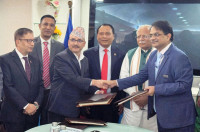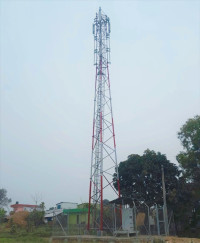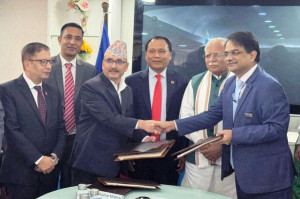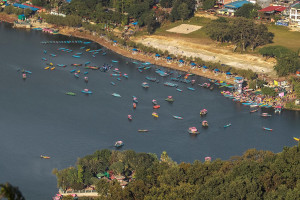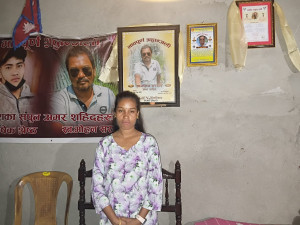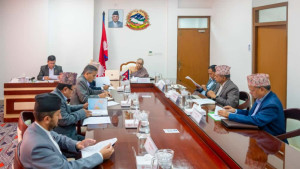Fri, Oct 31, 2025
Money
NEA urges govt to take final decision on Tamor project
Nepal Electricity Authority (NEA), the state-owned power utility, has asked the Ministry of Energy to take a final decision on increasing the installed capacity of Tamor Hydropower Project to 762MW.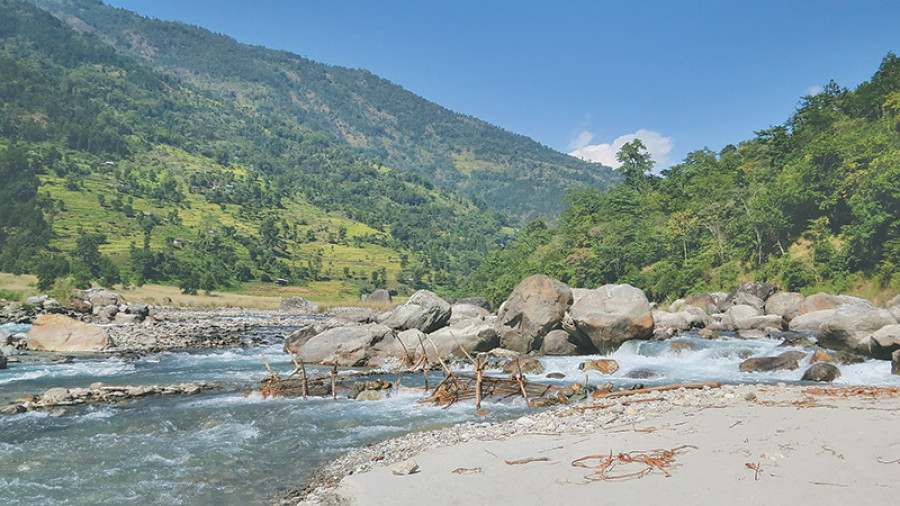
bookmark
Bibek Subedi
Published at : April 8, 2018
Updated at : April 9, 2018 10:26
Kathmandu
Nepal Electricity Authority (NEA), the state-owned power utility, has asked the Ministry of Energy to take a final decision on increasing the installed capacity of Tamor Hydropower Project to 762MW.
NEA made the request as enhancement in capacity of the storage-type hydropower project will inundate two other downstream hydropower plants that are under construction, raising the need to pay billions of rupees in compensation.
The Department of Electricity Development (DoED) has currently allowed the power utility to conduct a feasibility study on building Tamor Hydropower Project with installed capacity of 200 MW.
NEA is now planning to increase the project’s installed capacity to 762MW. If the project is built at a higher capacity, 37.5 MW Kabeli-A and 21.5 MW Lower Hewa hydropower projects will be inundated.
“NEA really wants to enhance the installed capacity of the project, but billions of rupees will have to be paid in compensation to two other schemes,” said NEA Deputy Managing Director Rajeev Sharma, who is looking after the project. “So to move ahead with this plan, we need Energy Ministry’s green signal.”
Although NEA has initiated informal talks on compensation with promoters of Kabeli-A and Lower Hewa projects, it needs the backing of the Energy Ministry to start final round of negotiations. NEA has already applied for a survey licence at the DoED to conduct a feasibility study on increasing the installed capacity of Tamor Hydropower Project. The DoED has asked NEA to first get consent of the two downstream projects.
Even though enlarging the Tamor Hydropower Project to 762 MW will directly impact projects being built downstream, experts say that larger national interest should be taken into account.
Lately, the Asian Development Bank (ADB) has also shown interest to bear the cost of conducting detailed feasibility study on enhancing the installed capacity of the Tamor project to 762 MW. It has also expressed interest to prepare the detailed project report (DPR) of the proposed 762 MW project. But the multilateral lender has first asked NEA to convince two other developers to abandon their projects in exchange for compensation. If NEA is successful in convincing them to drop their plans, the multilateral lender has agreed to provide a $6.5 million grant to conduct the feasibility study.
In 1985, the Japan International Cooperation Agency (Jica) had proposed to build a 696 MW hydroelectric project on the Tamor River by building a 153-metre-high dam. However, the government did not show much interest in the proposal at that time.
However, NEA management is now very keen on developing the project with increased installed capacity. It believes that upgrading the Tamor project by paying compensation to the smaller schemes is a better option. If the plan materialises, the country’s energy production will jump, helping it become self-sufficient in electricity generation and a net exporter.
Most Read from Money
Tatopani trade slows sharply as China sends few containers
Nepal, India sign deal to build two 400kV power lines
Tihar tourism rush fills Chitwan and Pokhara, but briefly
Inflation sinks to 21-year low on weak demand, stagnation
Hyatt Regency Kathmandu to reopen after reconstruction following September vandalism
Editor's Picks
E-PAPER | October 31, 2025
×




 19.12°C Kathmandu
19.12°C Kathmandu




